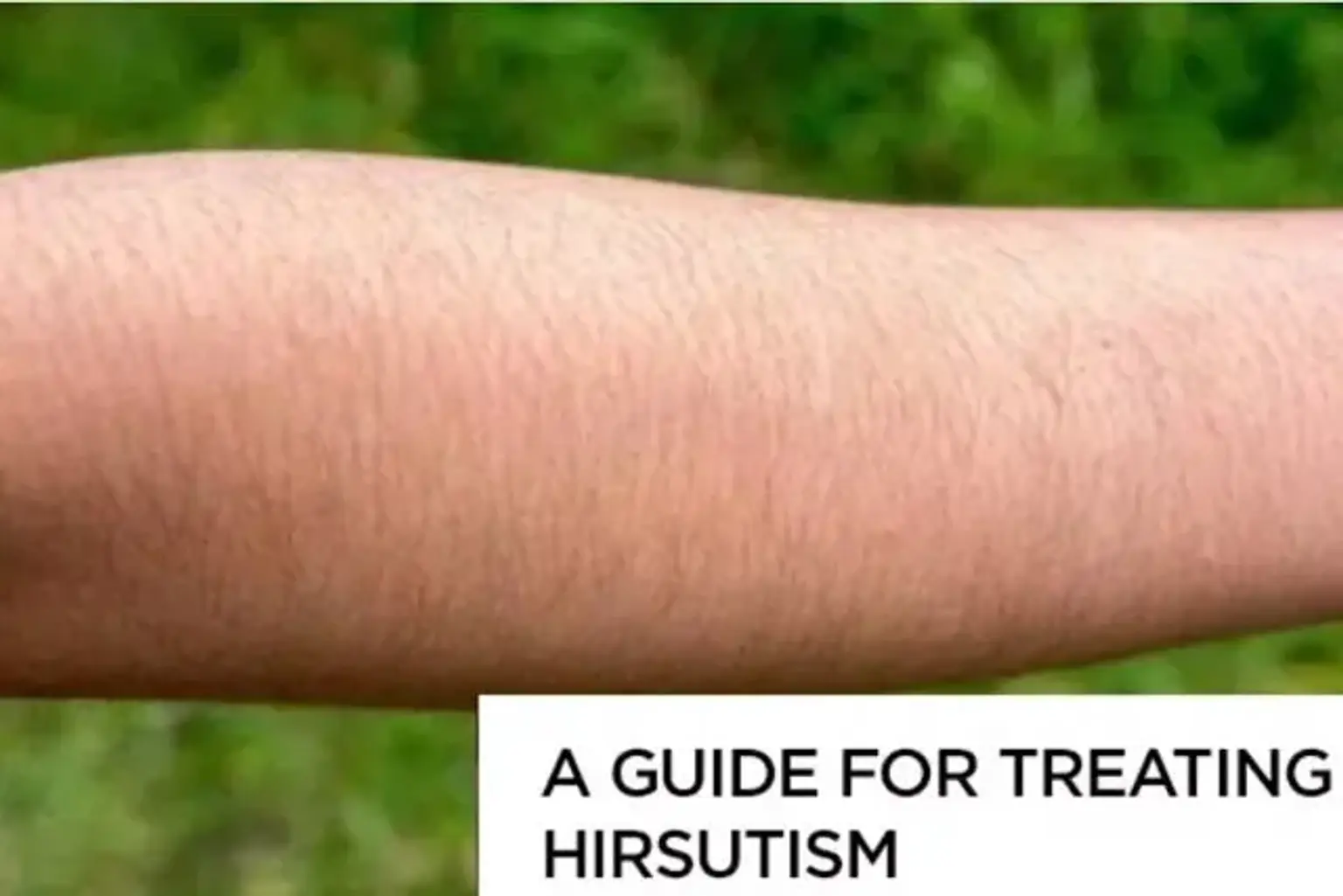What is Hirsutism?
Hirsutism is a medical condition characterized by excessive hair growth in women in areas where men typically grow hair, such as the face, chest, back, and abdomen. This condition occurs when a woman’s body produces higher levels of androgens, or male hormones, than usual. These elevated androgen levels cause hair follicles to become more active and produce thicker, darker hair, leading to the visible growth of hair in areas that are typically hair-free for women.
While hirsutism itself is not a serious health risk, it can lead to emotional and psychological distress due to the cosmetic impact it has on appearance. Many women with hirsutism experience self-consciousness, anxiety, and even depression as a result of the unwanted hair growth. This condition often causes a feeling of social discomfort, particularly when the facial hair is prominent. As a result, seeking treatment options is common for women looking to restore their self-esteem and confidence.
The Prevalence of Hirsutism in Korea
In Korea, appearance plays a significant role in societal norms, particularly for women, making conditions like hirsutism a matter of concern for many. Studies suggest that approximately 5-10% of women worldwide suffer from hirsutism, and while specific data for Korea is limited, the condition is widely recognized in Korean dermatology and cosmetic medicine.
Hirsutism is especially prevalent among women with Polycystic Ovary Syndrome (PCOS), a condition affecting a significant number of women in Korea, as it leads to hormonal imbalances that often trigger excessive hair growth. Additionally, environmental factors, such as diet and stress, also play a role in the development of this condition.
In response to this growing demand, many clinics in Korea specialize in treating hirsutism. The popularity of these treatments is on the rise, particularly with the increasing influx of international patients seeking advanced, non-invasive solutions for facial hair removal and hormonal balance. Korean dermatologists are renowned for their expertise in cosmetic procedures, offering state-of-the-art treatments such as laser hair removal and electrolysis for women struggling with excessive hair growth.
